It might be a bit of a misleading title, because losing fat takes a bit of time and consistency, but here are my top tips on losing it as fast as possible in a safe way.
- Do not eat large quantities of carbs (sugar, starch) with every meal: Your body has 2 batteries for sugar energy i.e. your liver and your muscles. If they are constantly topped up and overflowing with sugar, your body never has a chance to burn fat. Try and reduce the amount of insulin spiking meals/snacks you have per day. I see it every day here, people eat huge lunches and dinners in carveries and at home. Recently, I saw someone get 3 scoops of mash, some garlic spuds, a yorkshire pudding, and then carrots and turnips on the same plate. That’s boils down to enough sugar for 3 days worth of energy. I was there, I’ve eaten that sort of food but it’s not right. In fact combine that with a breakfast containing carbs e.g. breakfast roll, and something like a curry with rice or spaghetti bolognese for dinner and a few snacks in between and you’ve given yourself no chance but to pile on the pounds and feel terrible. We’ve only got one shot here, your head is sitting on top of the ultimate ancient machine and it’s priceless. If you treat it right it will perform amazingly well for you and you can turn things around no matter what stage you’re at. Give yourself the exact amount of sugar energy per day that you need and you’ve taken the first step.
- Exercise regularly: By exercising you utilise the sugar stores in your muscles and at high intensity you utilise the sugar flowing in your blood stream. This means you are burning that fuel immediately by clearing excess sugar flowing in your system and emptying those buckets/sinks so that they can be refilled again. The other main advantage of exercise, in terms of burning fat, is that your metabolism is raised while you are recovering, which means that you will be burning fat at rest at a much higher rate. It’s good to do various forms of cardio. I suggest about 3 times a week and vary it between intense (shorter bursts / intervals), moderate and light recovery (walk, jog over longer distance keeping heart rate low, this burns a little bit of fat while exercising). Intense cardio can be very tough on the system, and as the heart is a muscle it requires time to recover and get stronger.
- Have satiating meals containing protein and good fats: When you eat protein and fat together with fewer carbs, you will feel fuller for longer. Great sources which include both include eggs, oily fish such as salmon and mackerel, nuts and seeds, and wild game. I like throwing an array of seeds on eggs in the mornings for example.
- Avoid sugar and fats: One of the concepts in Don’t Eat for Winter is that human breast milk contains the optimal formula for infants to put on weight. It is the same practically the world over and is therefore a one-size-fits-all formula. It is no coincidence that in nature, in autumn, the macro-nutrient ratio of foods begins to mimic this formula, whereas in spring the nutrient ratio mimics that of a bodybuilders diet. It is also no co-incidence that the foods that taste really really good also mimic this formula e.g. chocolate, crisps, cakes and so on. We go ga-ga for mother’s milk! Look out for foods that contain this formula of high carb, high fat and moderate protein. It triggers primal gorge instincts and is designed, by nature, to deposit fat quickly.
- Lift weights: OK it’s exercise again, but weights will improve muscle tone. Without taking drugs it’s extremely difficult for most people to put on lots of muscle through weight training. It’s a myth that women should not lift weights. All Hollywood stars lift for their movies to look great. Women might want that rounded butt (squats) or a little definition on arms and shoulders (curls and flyes). Men might want a bigger chest and wider back (bench and lat pulldowns). Unless you train several hours a day and take steroids, you’re not going to get big. Lifting weights causes muscles to become more toned and solid and will be useful in day to day tasks. They will cause you to burn fat faster while resting during recovery, make you less insulin resistant and thus become sugar guzzlers helping you to manage blood sugar levels and keep in fat burning mode. I train 3 hours a week with weights and it has given me great results with supporting nutrition and rest.
- Keep hydrated: Your body requires water and electrolytes to function well in every way and detoxify. There are 7 main electrolytes. Sports drinks sometimes advertise electrolytes but often simply contain table salt or sodium-chloride. A good electrolyte supplement can be better than these drinks as they contain the full array necessary in the right balance. Our cells swim in saline solution, our bodies, which mimic the ancient ocean environment they evolved in, and potassium replaced regular salt as we evolved and moved inland. Potassium, therefore, is an important electrolyte that is contained in foods like bananas and in the past our ancestors, especially those living inland, used to get most of their salts from natures produce, however today, we eat get plenty of regular salt (sodium choride) in comparison as additives etc. Electrolytes are lost through sweat, so make sure and replenish if you do sweat a lot.
- Supplement: Body processes such as the mobilisation of fat, to burn as fuel, requires that you have essential nutrients present to support these functions. A good multi-vit is important, especially if the diet is bad. Try and eat and array of colourful, fibrous foods everyday to get a good array of vitamins and minerals, and supplement with a good mult-vit.
- Sleep: The most powerful anti-oxidant is sleep, your body does a lot of work to make sure you are in tip top condition when you sleep. Make sure you get adequate sleep. Also, sleep is the purest form of aerobic activity and your body wants to burn fat in this mode. Keeping your blood sugars normal means your body will burn fat all night.
- Don’t trust the scales: Don’t look at the scales every day. You can fluctuate by 1kg a day based on salt levels, hydration, food in tummy and waste in bladder/bowels etc. You cannot lose 1lb in a day of body-fat unless you create a calorie deficit of 3500 calories… maybe if you ran a 24 hour marathon you could, but most of us don’t do this so it’s impossible under normal circumstances. If you see a diet promising that you will lose 10lbs in a week it won’t be fat you’re losing. I think 50g-100g a day is a lot of fat to lose and equates to 450-900 calories worth of fat. They say 2lbs a week is safe and I would agree. The trick is to be consistent and if you fall, don’t worry about it, you’re dealing with primal instincts here so try not to trigger them very often. Also, if you do lift weights, you may put on a bit of muscle, so body fat is the measure of how much fat you’ve lost. The best method to check at home is using a body-fat calipers and taking measurements from around your body. People are spending a fortune getting weighed in at slimming weight loss clubs having someone tell them they lost a few lbs a week without fully appreciating the body’s processes and how to accurately measure progress.
- Have a goal: What are you losing weight for? A wedding, the beach, to get healthier, because you just want to feel more attractive. Well, you’re already perfect, but we all want to be our optimal most-healthy selves and it’s great getting compliments when you look well and healthy. I lost weight initially for kettlebell competitions and I didn’t realise the extent of compliments I’d get when I lost all the weight but it felt great having felt so bad about myself for years. Based on this, I set a target for my 40th birthday to get in the best shape of my life and I applied the Don’t Eat for Winter theory to assist with that and got incredible results and down to <8% bodyfat. If I can do this having been overweight for 10 years so can you.
- Don’t do it all at once: Don’t try and do it all at once, make a small change today, maybe cut out one carb-centric meal. I started by cutting out toast for brekkie and have eggs and rashers/salmon or almond flour pancakes, or an omlette, even walnuts and avocado, or a protein shake with peanut butter (if in a hurry) to start and it made a big difference. I then cut out sugar in coffee, and eventually went from latte’s, to cappucinos, to americanos and then black coffee (which I now love). If you do it all at once you might feel like you’re denying yourself and it’s not about self-denial. My diet might be alien to many people starting out now, but it’s so enjoyable to feel great after every meal, no slumps, lots of energy and being as close as to the best I can be.
- Treat yourself now and again: I have plenty of treats, and really enjoy them, maybe too many at times, but life is too short to be monk-like. I enjoy going out to the pub, having a bit of take-away and having a nice little cake with coffee now and again. The thing is not to have a 6 pack of crisps at home or a bag of chocolates available at the ready every day. When I eat a bag of crisps, my pupils dilate and I become a sort of truffle snuffling primal creature and am not satisfied until the entire house is emptied of junk. Before I know about the biological triggers, I used to blame myself for being someone with no will power, but it’s incredibly difficult to overcome primal instincts. So now I have my treats outside the house. That way if those urges come after the treat, I’m not in a position to gorge and I understand what’s going on now so I’m better able to deal with it. Those urges pass relatively quickly and I’m back on the horse again pronto.
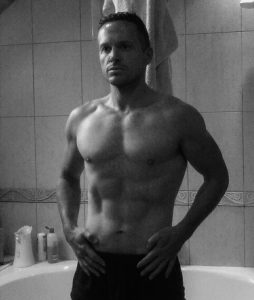 These are some simple ideas and tips, check out my book Don’t Eat for Winter, which contains The DEFoW Diet, for all the theory and fundamentals so you get a full understanding of the above and much more so that you can empower yourself with full knowledge of the instincts and processes going on, that are actually primal in nature. Our bodies want to survive and so putting on fat was advantageous in autumn, in stone age times, in order to survive the Winter, but soon after the weight was put on it was lost, as mother nature’s autumnal produce dissipated over the winter months. People got back into optimal condition for spring. Nowadays all of these foods are available all the time in both natural and processed forms (I call it Autumn on Steroids), and so all those processes are triggered day in day out indefinitely. Don’t Eat for Winter is about tackling these instincts and processes in a way that suits today’s society.
These are some simple ideas and tips, check out my book Don’t Eat for Winter, which contains The DEFoW Diet, for all the theory and fundamentals so you get a full understanding of the above and much more so that you can empower yourself with full knowledge of the instincts and processes going on, that are actually primal in nature. Our bodies want to survive and so putting on fat was advantageous in autumn, in stone age times, in order to survive the Winter, but soon after the weight was put on it was lost, as mother nature’s autumnal produce dissipated over the winter months. People got back into optimal condition for spring. Nowadays all of these foods are available all the time in both natural and processed forms (I call it Autumn on Steroids), and so all those processes are triggered day in day out indefinitely. Don’t Eat for Winter is about tackling these instincts and processes in a way that suits today’s society.
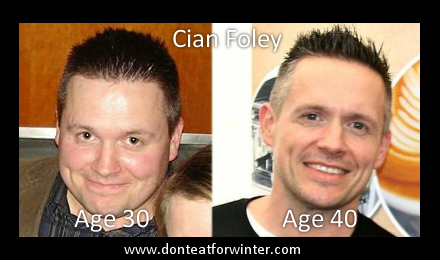
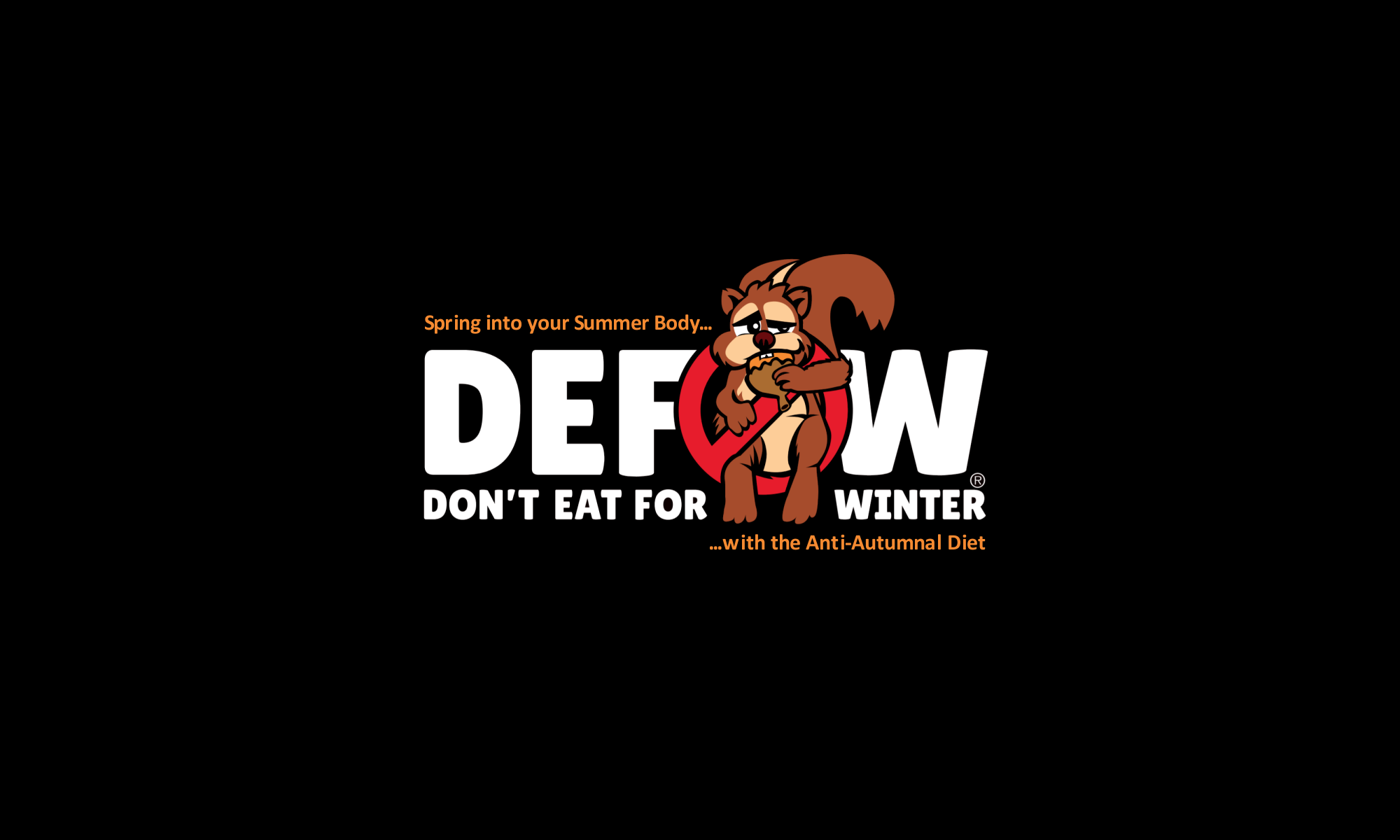
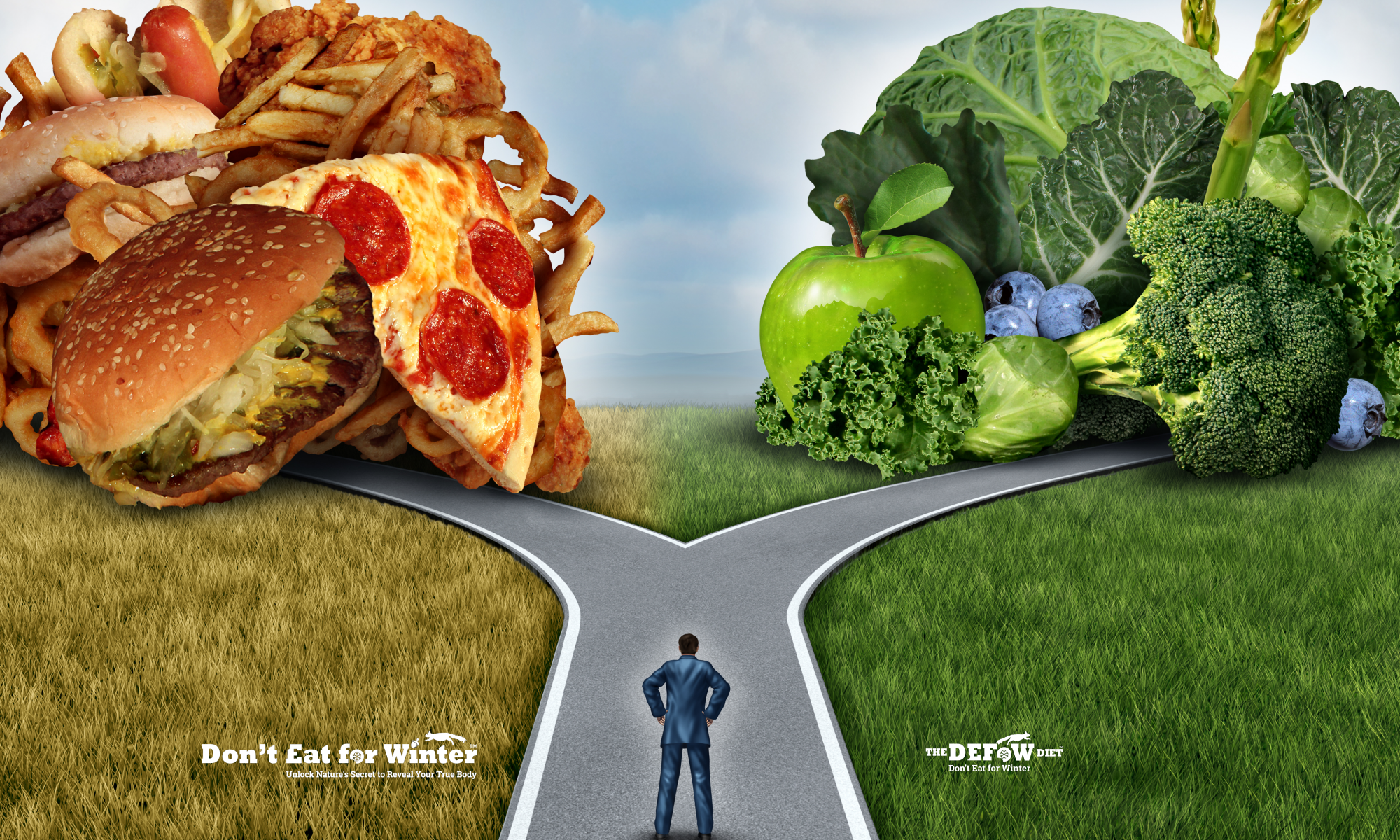
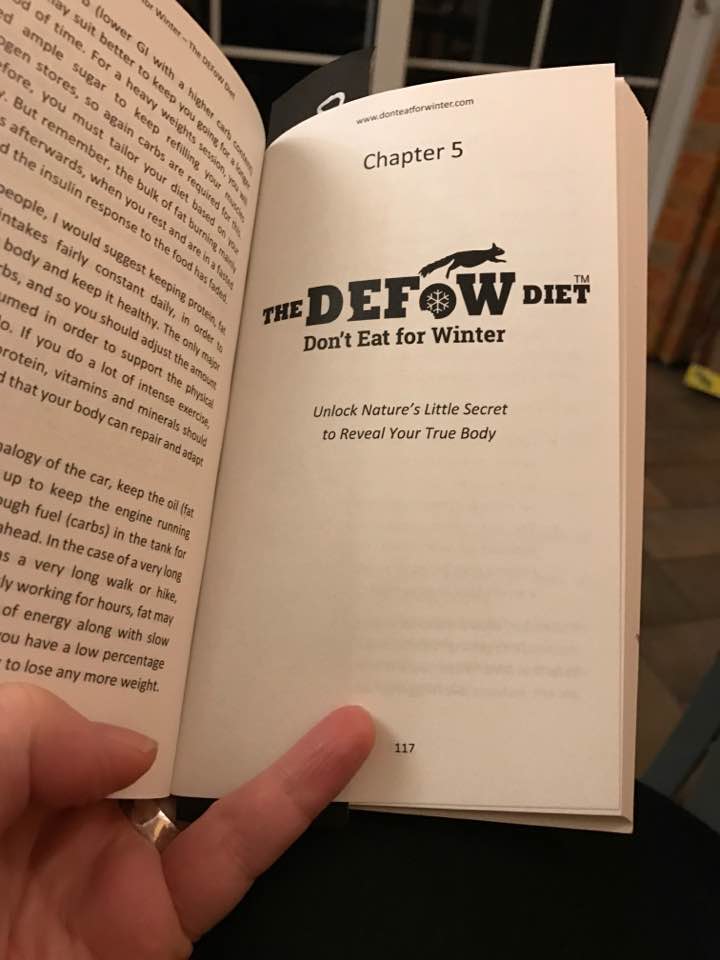
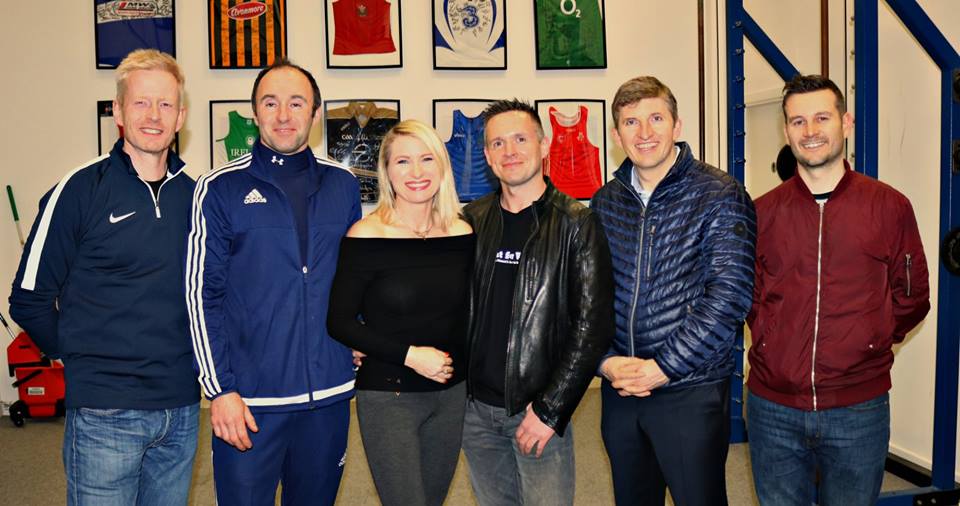





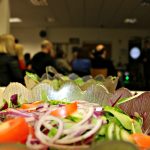


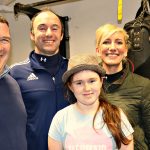





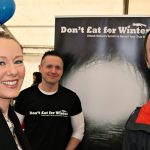
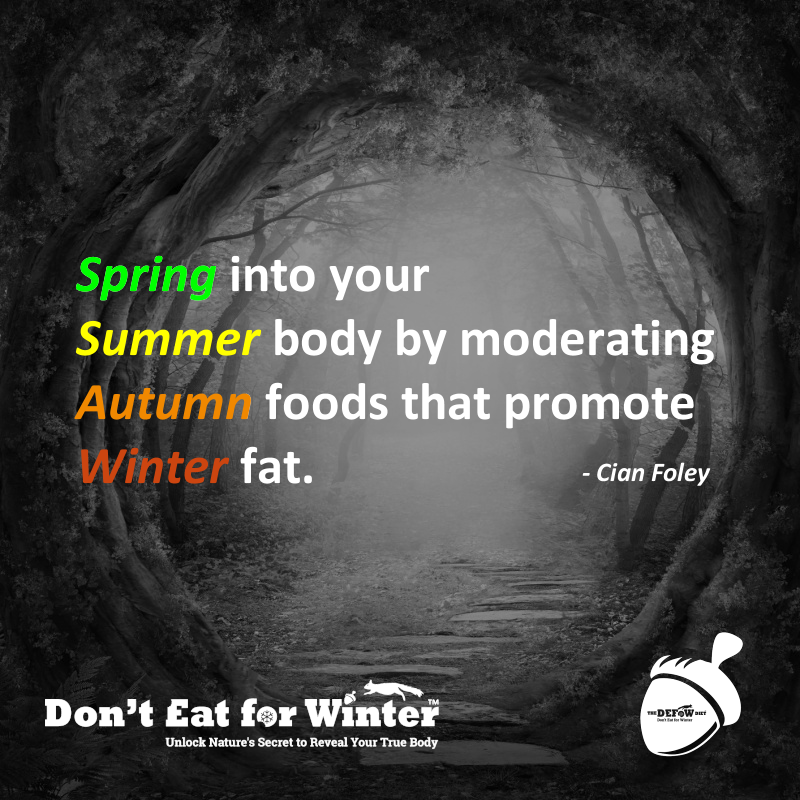
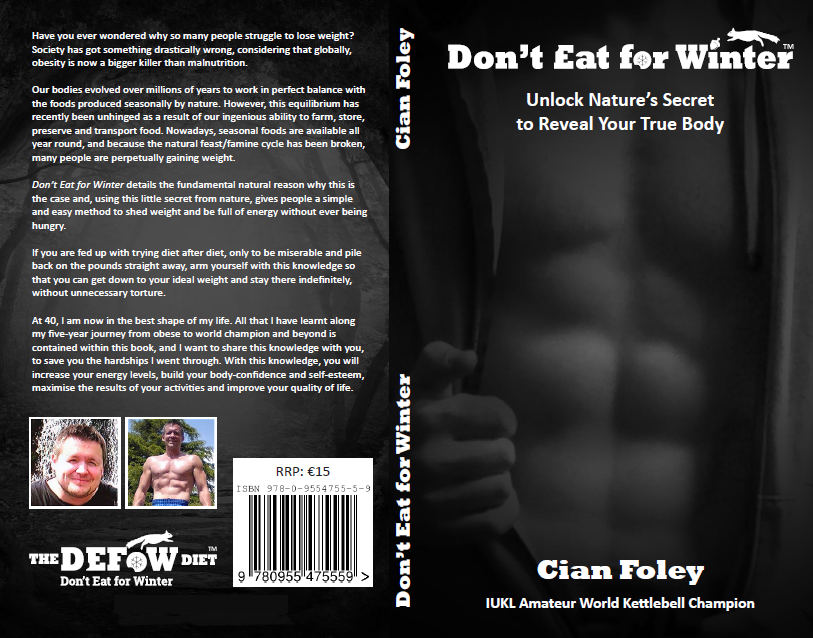


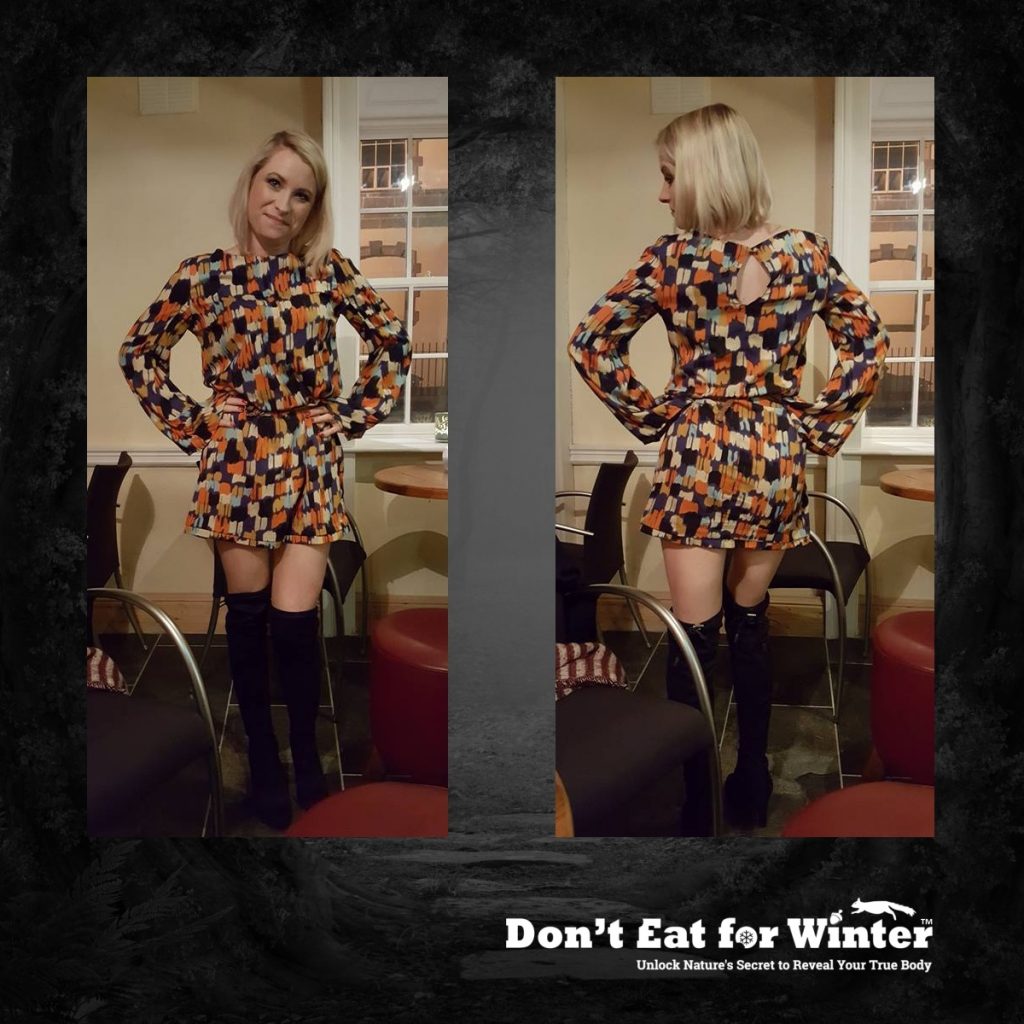
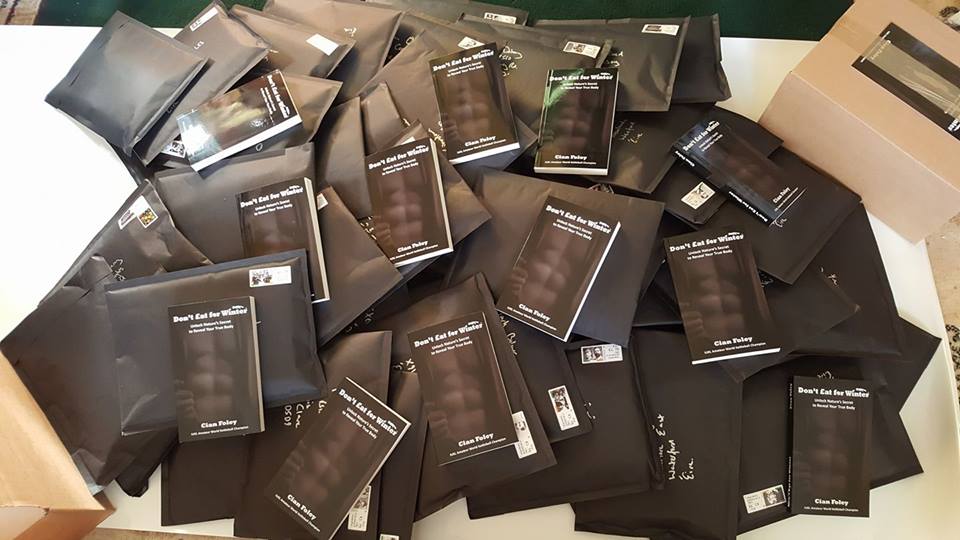
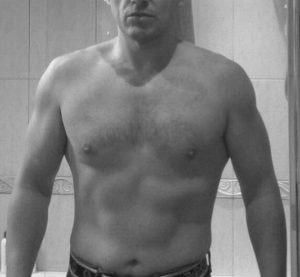 After 4 years of training, winning international championships and working my ass off I still had a lot of body fat and my muscle tone was OK (see pic on left) but I wondered what I had to do to get in the shape you’d see guys in on TV. The problem was my diet. It was good, I was eating naturally at that stage but I had a few little things wrong.
After 4 years of training, winning international championships and working my ass off I still had a lot of body fat and my muscle tone was OK (see pic on left) but I wondered what I had to do to get in the shape you’d see guys in on TV. The problem was my diet. It was good, I was eating naturally at that stage but I had a few little things wrong.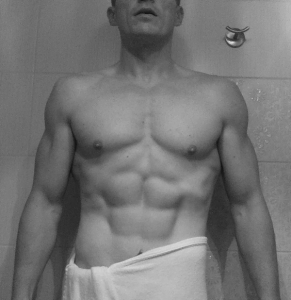 With about 8 weeks of doing this I went from someone in relatively OK shape to a stage where my best friend said “you looked like someone from hollywood” and another person who I shall not name said “I looked like a Cavin Klein model. I have to mention, I did not train for aesthetics, I’m not a bodybuilder or training for that sake. I just want to eat right to support my training, but it is very nice to receive such wonderful compliments at the same time.
With about 8 weeks of doing this I went from someone in relatively OK shape to a stage where my best friend said “you looked like someone from hollywood” and another person who I shall not name said “I looked like a Cavin Klein model. I have to mention, I did not train for aesthetics, I’m not a bodybuilder or training for that sake. I just want to eat right to support my training, but it is very nice to receive such wonderful compliments at the same time.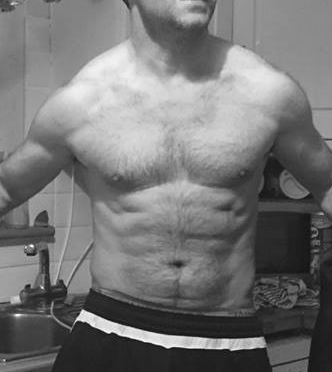 “I was always fit but I could never put on muscle, and if I did, I’d loose muscle getting rid of body fat, after doing the Don’t Eat for Winter diet I gained more muscle quicker than ever without starving myself and amazingly I’m even getting a six pack…”
“I was always fit but I could never put on muscle, and if I did, I’d loose muscle getting rid of body fat, after doing the Don’t Eat for Winter diet I gained more muscle quicker than ever without starving myself and amazingly I’m even getting a six pack…”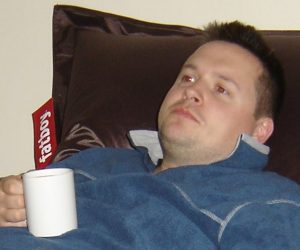
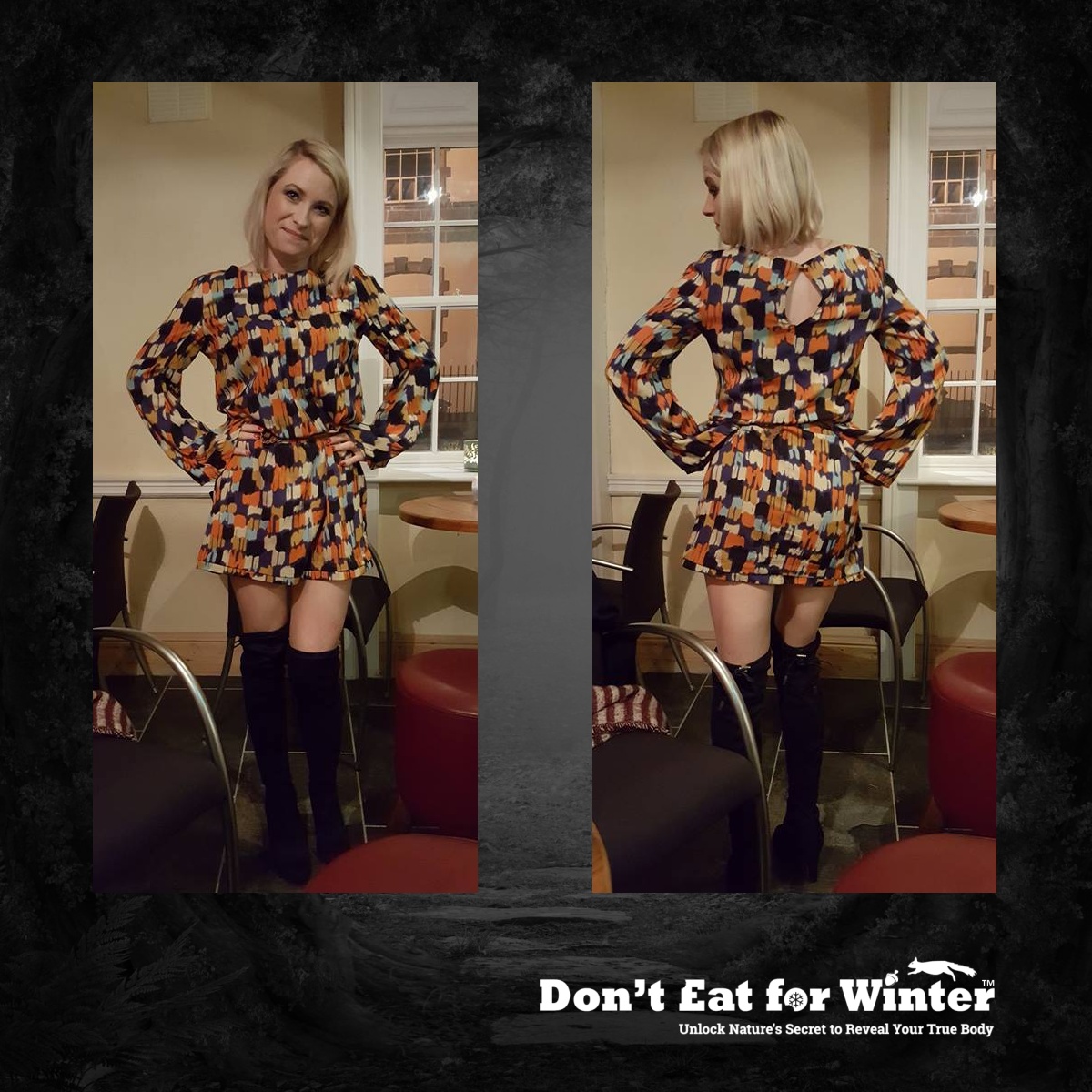
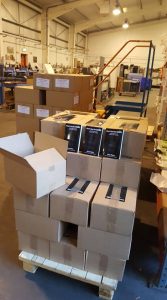 I’m so thrilled to receive my first batch of Don’t Eat for Winter books today on Pancake Tuesday and my Dad’s 69th birthday, well he’s actually 17 and a quarter if my calculations are correct because he was born on a leap year on the 29th of Feb (the schemer gets a birthday on 28th and 1st of March now because he can’t decide what his birthday is on a normal year)!
I’m so thrilled to receive my first batch of Don’t Eat for Winter books today on Pancake Tuesday and my Dad’s 69th birthday, well he’s actually 17 and a quarter if my calculations are correct because he was born on a leap year on the 29th of Feb (the schemer gets a birthday on 28th and 1st of March now because he can’t decide what his birthday is on a normal year)!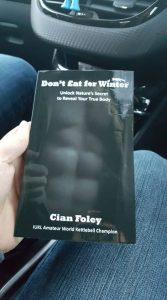 I guess it’s also fitting that it’s the start of lent, but the thing is I never felt that I gave up anything, I only gained from eating more healthily so there was no sacrifice. I eat plenty and feel great.
I guess it’s also fitting that it’s the start of lent, but the thing is I never felt that I gave up anything, I only gained from eating more healthily so there was no sacrifice. I eat plenty and feel great.